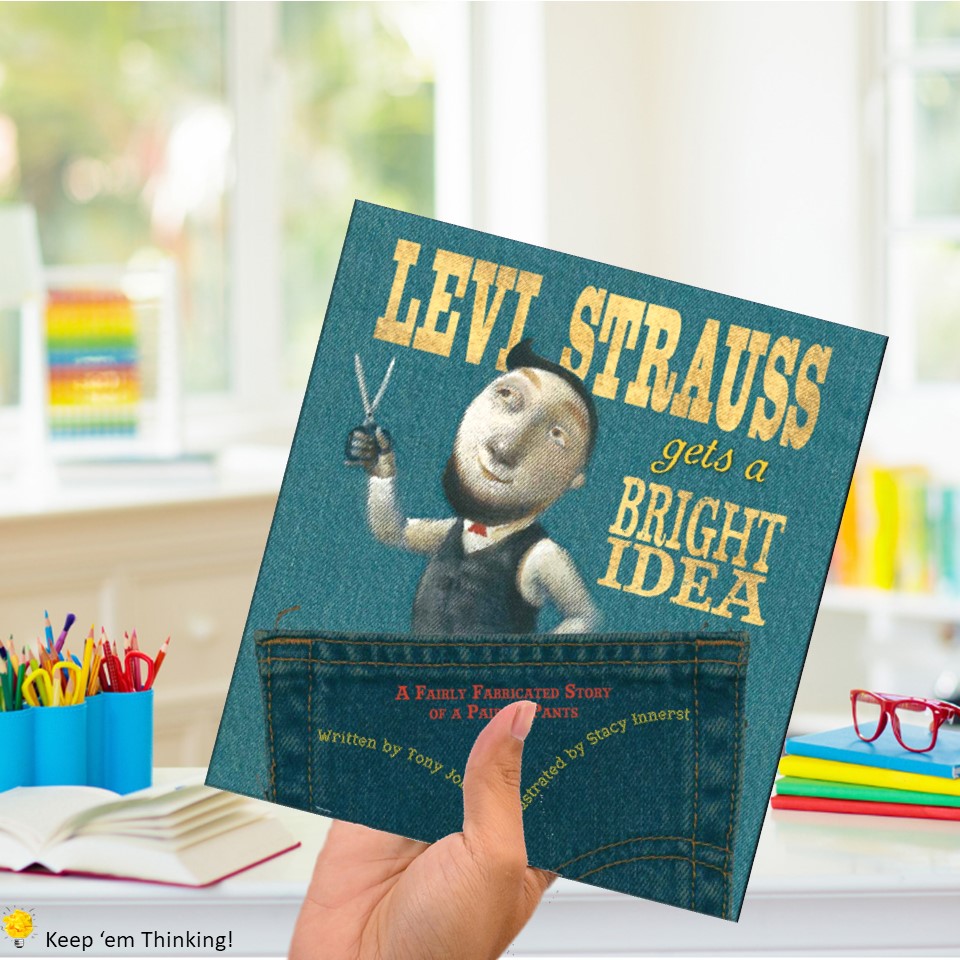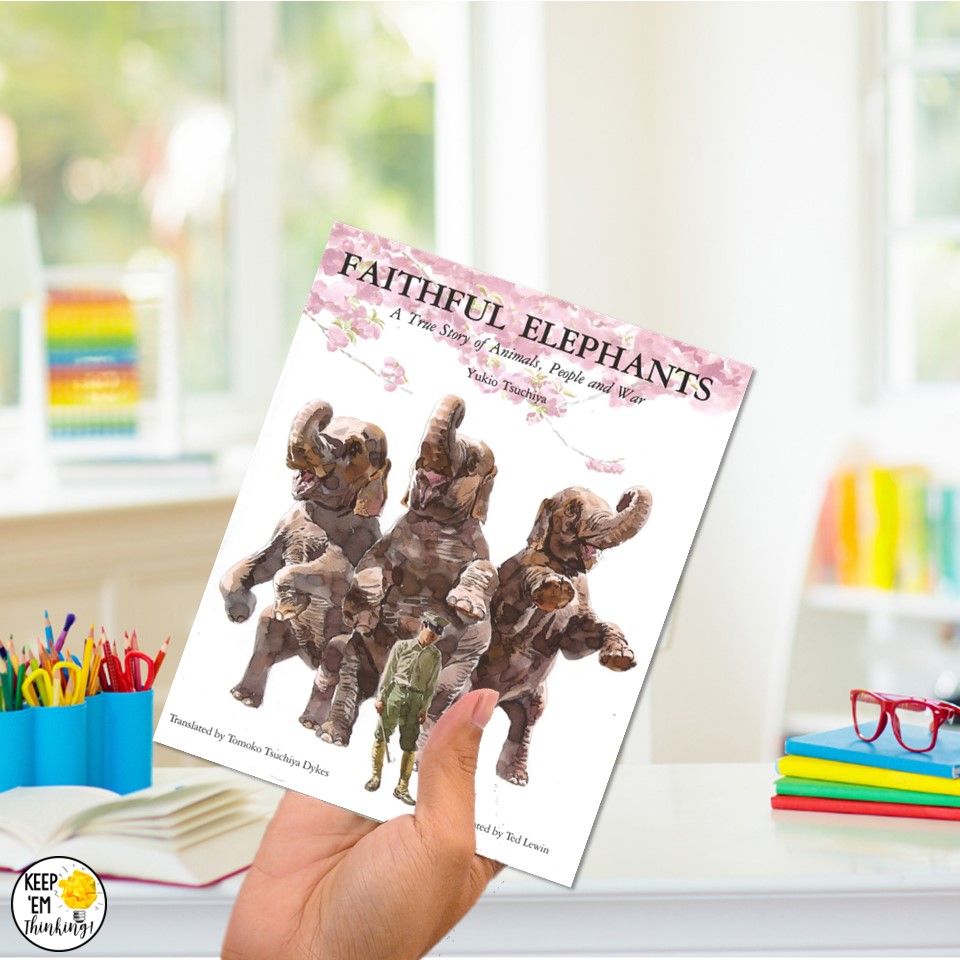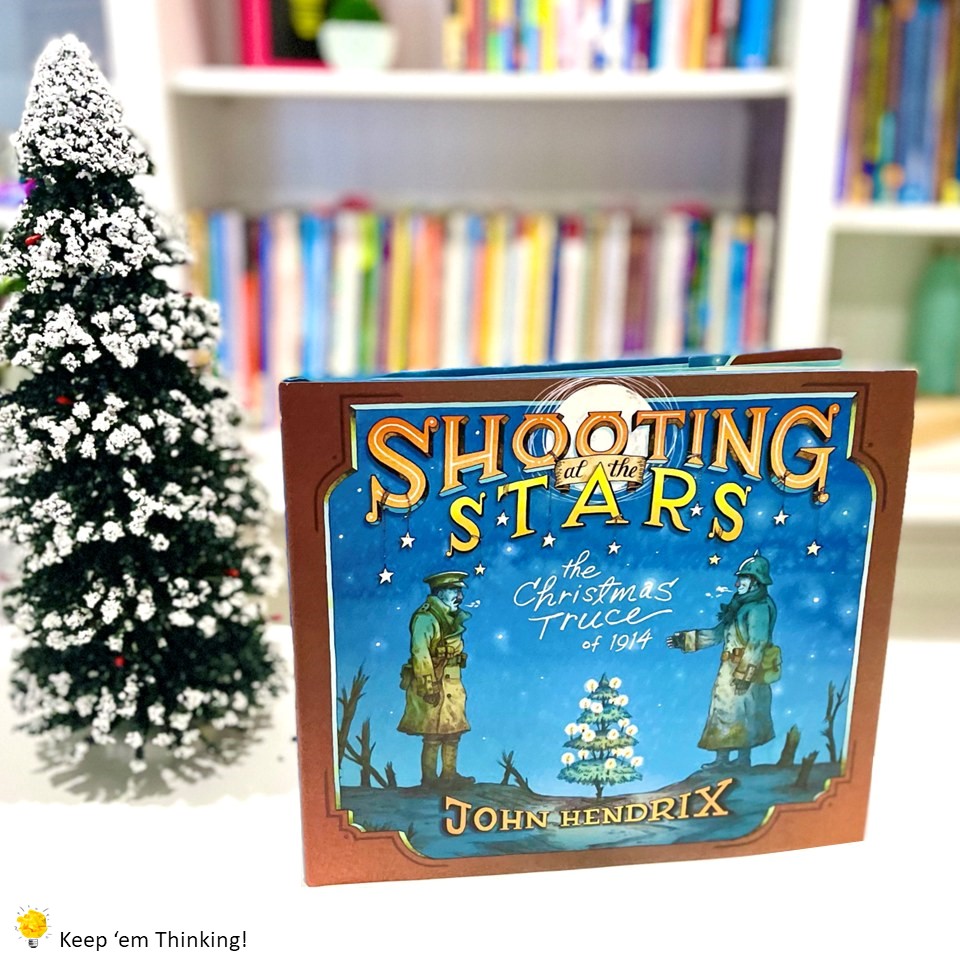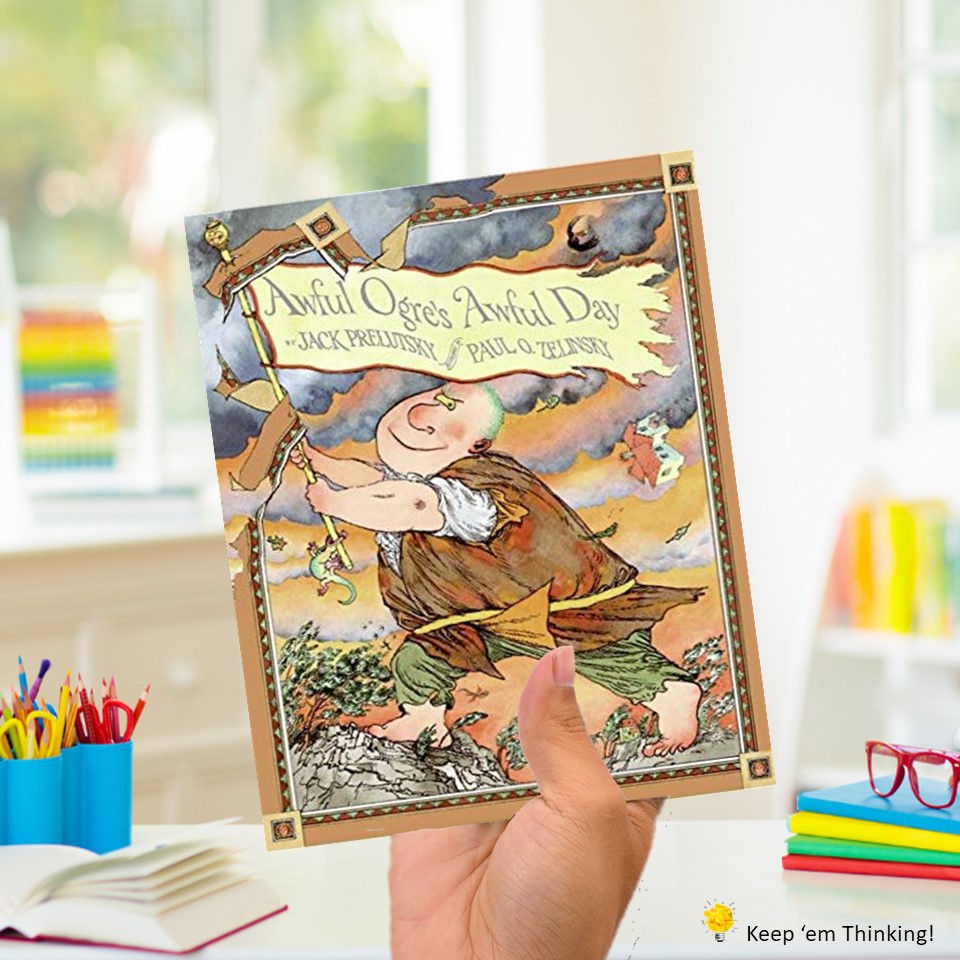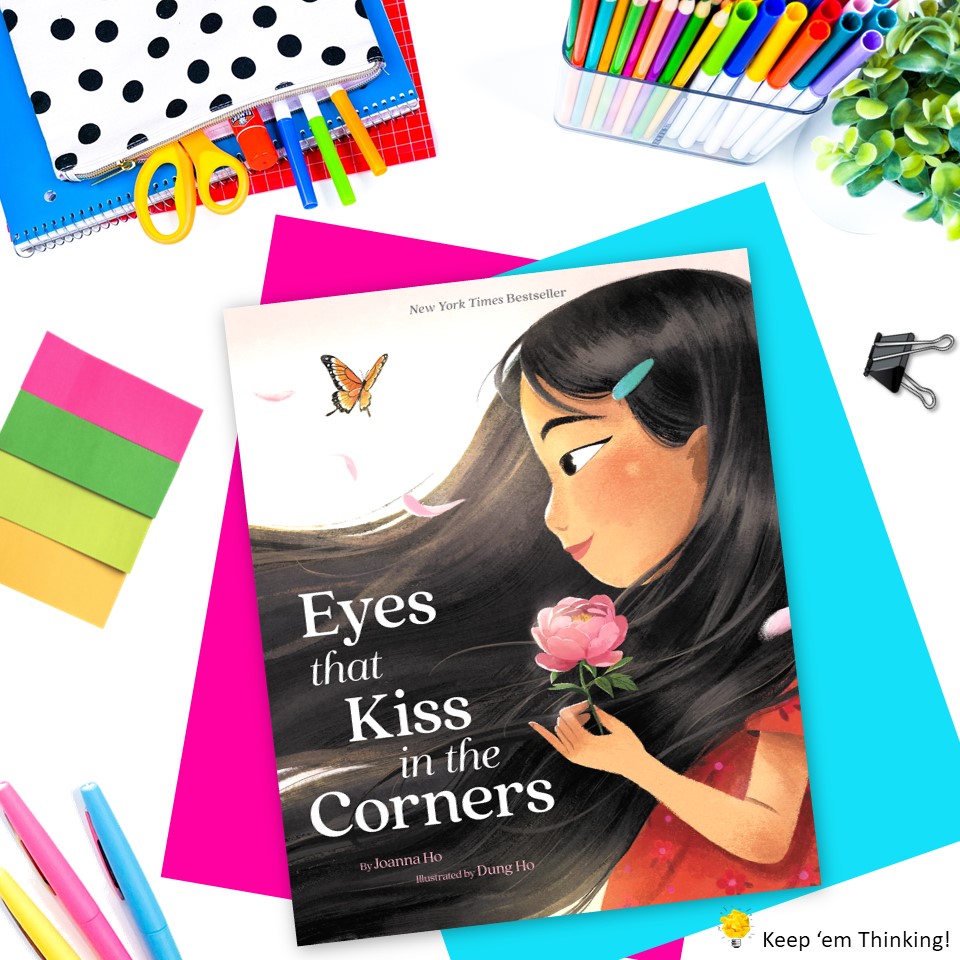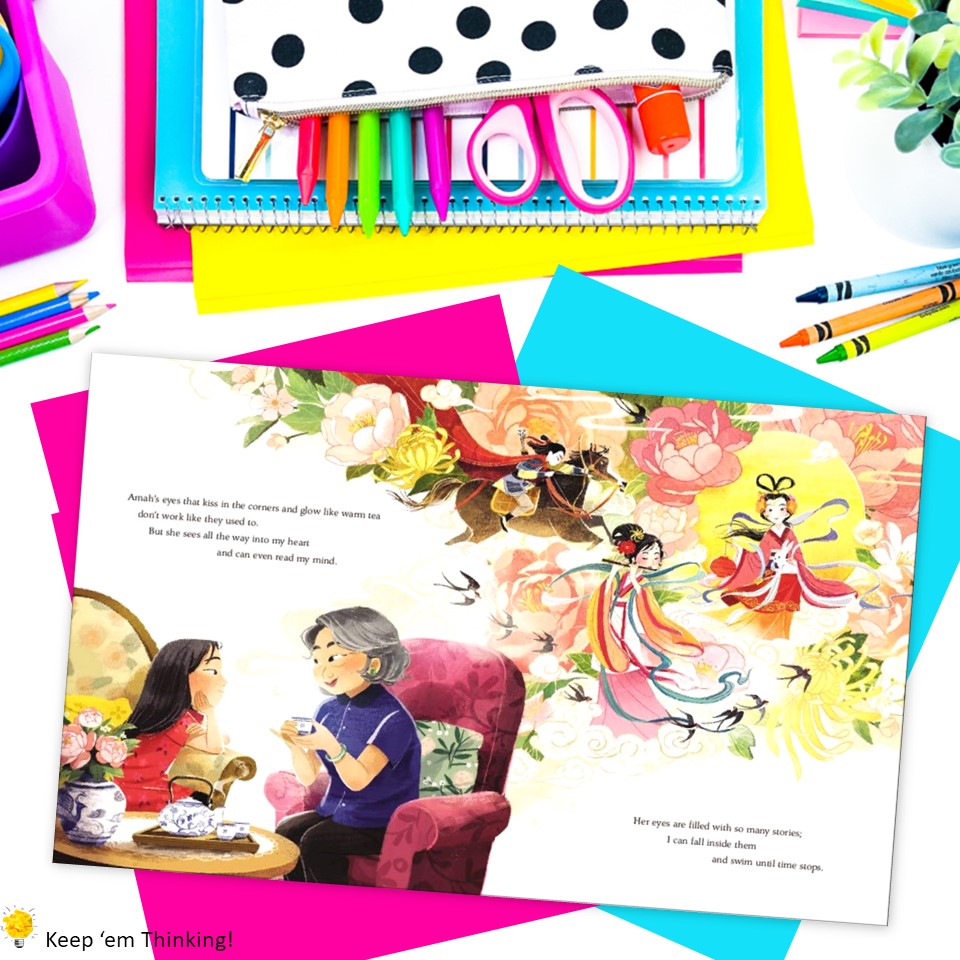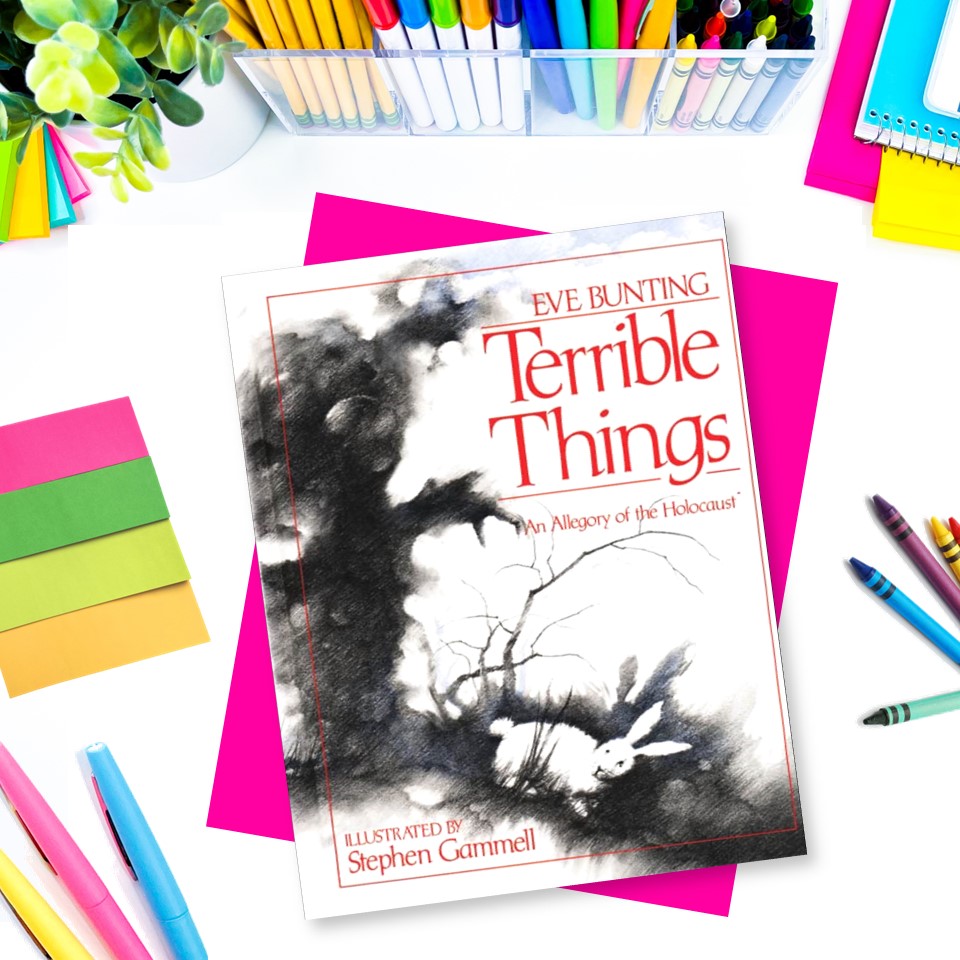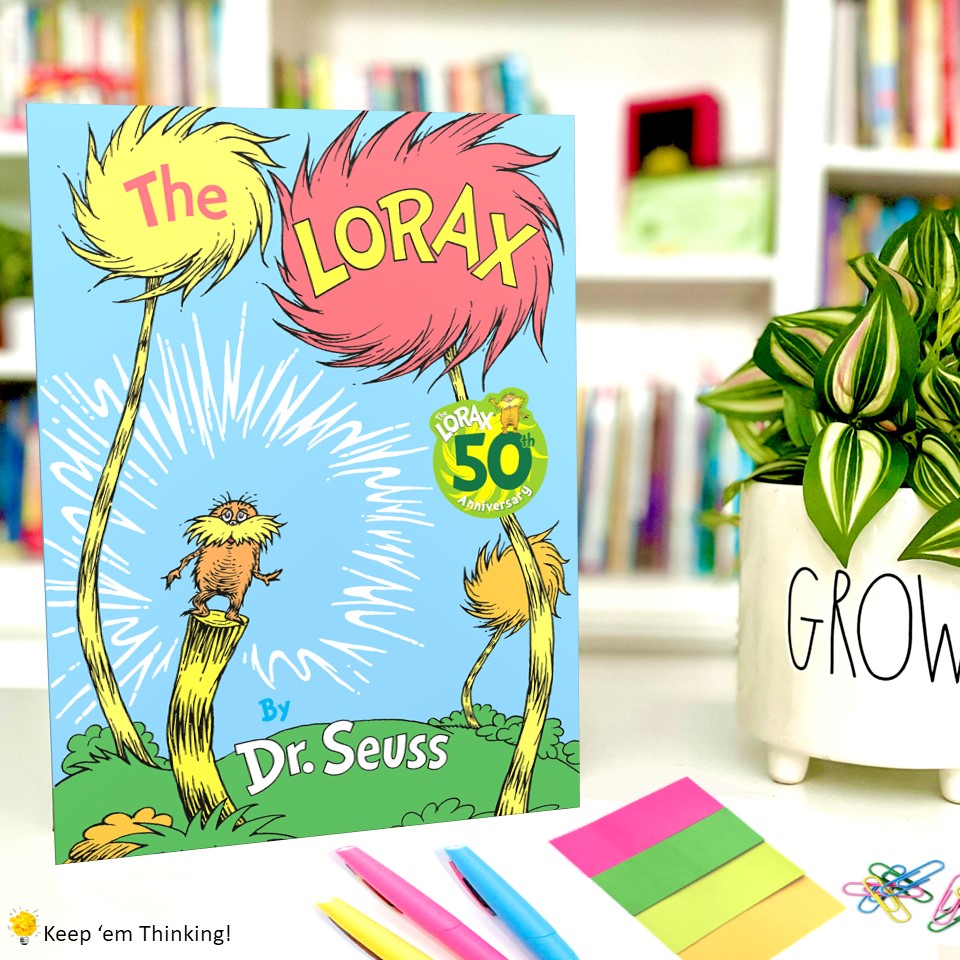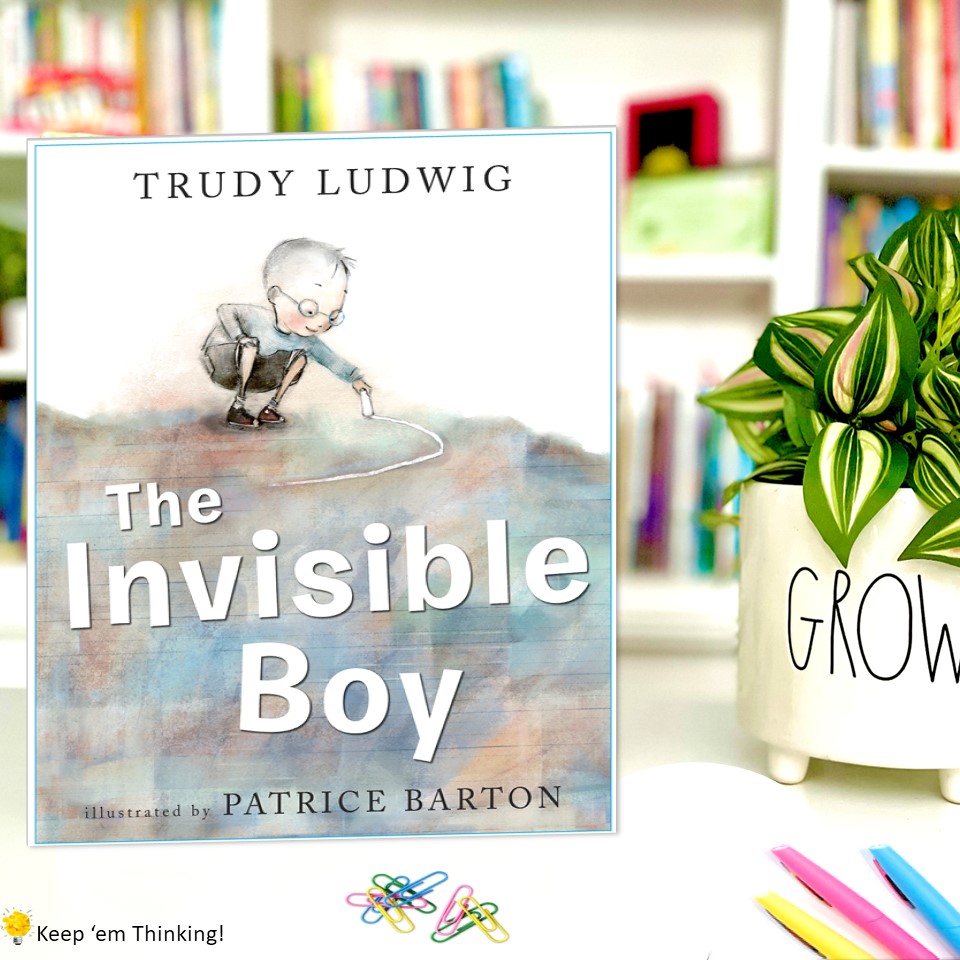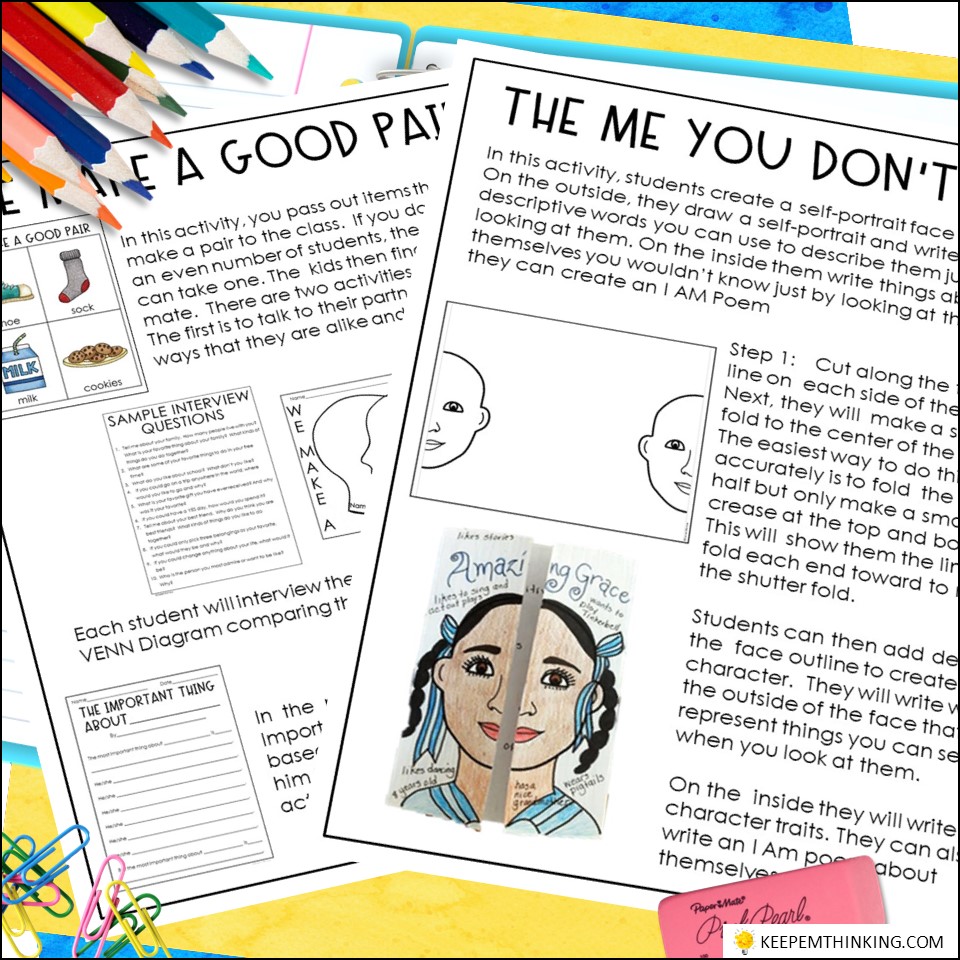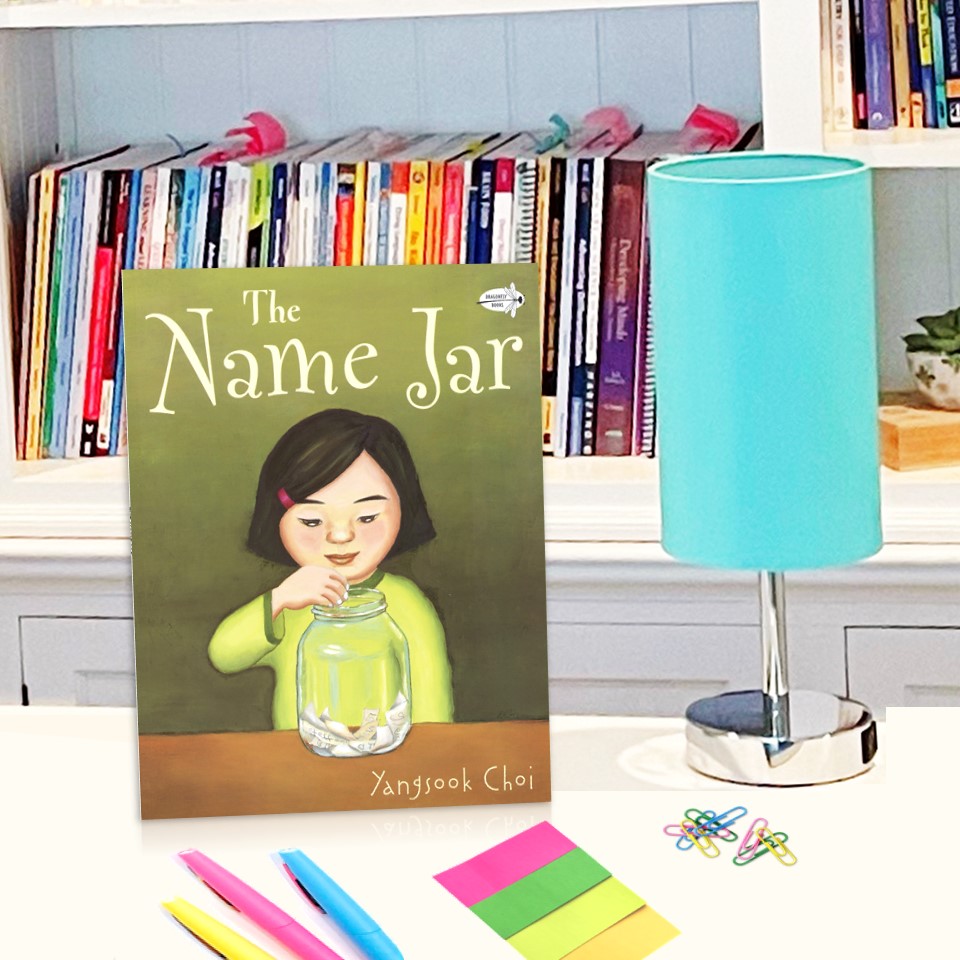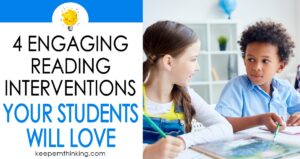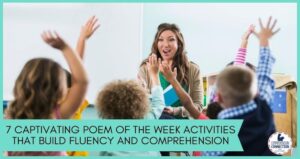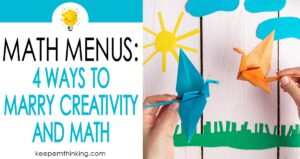Picture books aren’t just for primary kids! Look no further than sophisticated picture books if you’re searching for a fun and effective way to encourage a love of reading and improve your upper elementary kids’ language skills. These books provide a unique and engaging way for upper elementary students to explore big ideas and concepts.
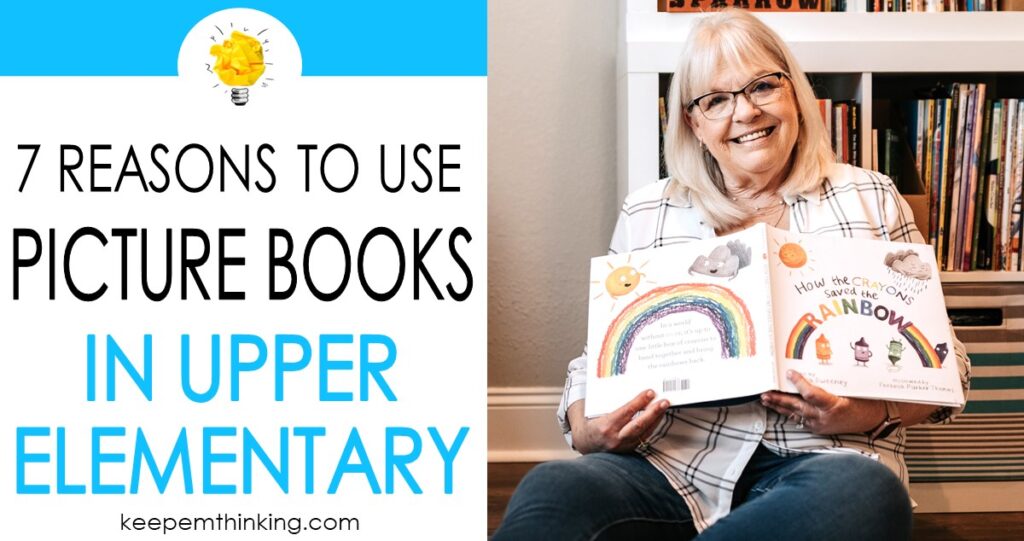
What is a Sophisticated Picture Book?
These books are different from most picture books and are geared toward older readers usually in grades 2-5, but I have used them successfully with middle and high school students. You can tell a book is a sophisticated picture book if :
- It is complex and requires the reader to make inferences.
- Both the text and pictures stimulate in-depth discussions.
- It has themes such as war, death, overcoming obstacles, peace, etc.
- It has sophisticated content.
- The author uses literary devices such as metaphor and allegory
- The illustrations are detailed and give as much information as the text.
Not every book you select will have all these characteristics, but it should have several of them.
Why Should You Use Sophisticated Picture Books?
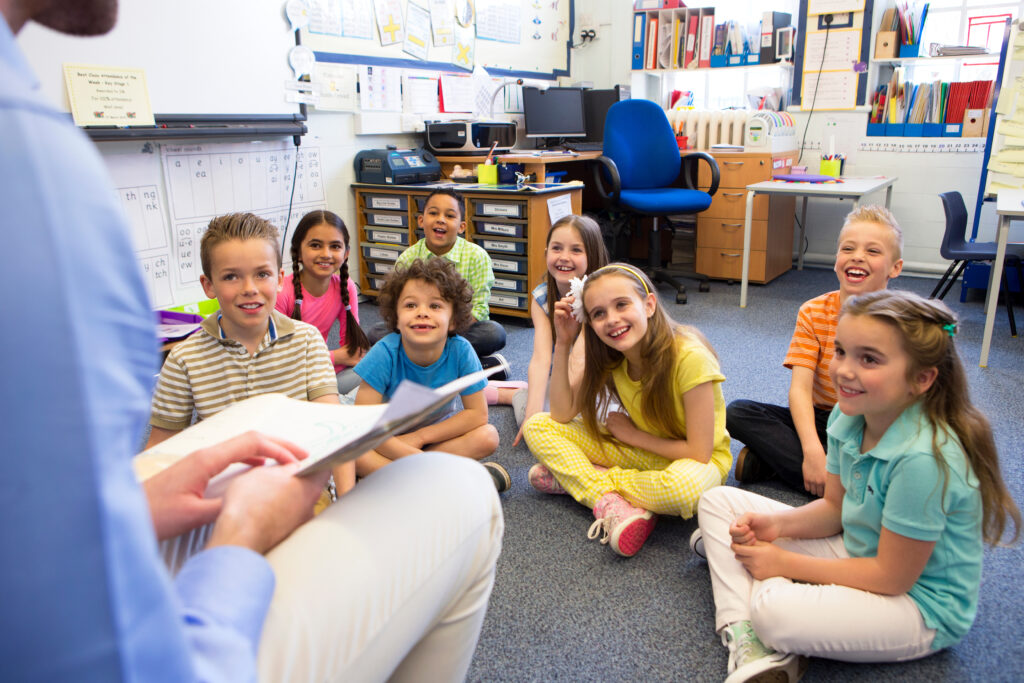
1. Picture Books Save Time
Need to make the most of your classroom time? Utilize sophisticated picture books and have your kiddos get more out of their learning experience in less time than a chapter book (which can take weeks if you want to get into depth). And, there’s no need to add a whole new class period, just pop them into your existing read-aloud period or reading instruction plans!

2. Picture Books Can Introduce Complex Topics in an Interesting and Simplified Way
These books are a fantastic resource for introducing complex topics such as war and immigration to kids in a way that is both engaging and easy to understand. Their powerful but short storytelling, illustrations, and use of language make them much more interesting than textbooks.
For example, say you are studying World War II in your classroom. If your social studies textbook is like most, it’s pretty dry and mainly filled with facts. You can use a picture book to enhance the concepts of war and conflict while evoking strong emotions in your students.
Most kids don’t learn about the Japanese internment camps during World War II. Baseball Saved Us is a tale of hope, courage, and endurance. It tells the story of Shorty, a Japanese-American boy whose family was taken from their home and held prisoner in a camp surrounded by guards and barbed-wire fences.
Even though conditions were poor and life held no promises, a baseball league was formed. It gave Shorty something to look forward to and helped him feel good about himself. This book teaches about one of our most embarrassing actions during World War II and develops empathy and understanding for the characters.
We often think about the death of people as a result of war, but Faithful Elephants takes a different spin by showing that animals are also a casualty of war.
During WWII, the Japanese knew the bomb was going to be dropped, and they had to do something about the animals in Tokyo’s Uno Zoo. Worried that the animals would escape after bombings and harm people, it was decided to kill all the animals in the zoo. But, the poison didn’t work on the three Indian elephants John, Tonky, and Wanly, and their skin was too thick for the bullets they had. The decision was made for the elephants to be starved to death.
Faithful Elephants is a sad story that illustrates just how terrible war can be and that people aren’t the only victims of war. Your students will want to have some deep discussions about this book. Just keep a box of tissues on hand.
Shooting at the Stars – the Christmas Truce of 1914 is a fictionalized telling of the Christmas Truce of 1914 between the British, French, and German soldiers during World War I. The soldiers on both sides stopped fighting and celebrated Christmas together. The story is told through letters a young British soldier sends to his mother.
The vocabulary in this book is incredible, and the story lends itself to many higher-order questions such as:
- How could people celebrate together and then go out the next day and kill each other?
- Are people more alike than they are different?
- Why do we have wars?
- Does anyone really win a war?
- How would you feel if you were 18 years old and had to go to war?
3. Picture Books Build Language and Vocabulary
Many picture books contain advanced vocabulary. The pictures in these books often give clues to the words on the page. Once students become familiar with these advanced words, they will begin using them in their conversations and writing.
Awful Ogre’s Awful Day by Jack Prelutsky is a book that will have your kids rolling on the floor laughing. The rhymes are filled with advanced vocabulary words such as agitate, besiege, bravura, cascading, commence, cudgel, ominous, panache, pendulous, pirouette, and tentative.
Your kiddos will love the way the author uses these words. Here is an example:
“Awful Ogre Speaks of Stature
Awful Ogre’s Awful Day by Jack Prelutsky
When elves and gnomes encounter me,
They often shriek, “Grotesque!”
I bow with magnanimity
and murmur, “Statuesque!”
I can just hear one of my students saying he was late to school because he was besieged by an ominous-looking German Shepard. 😀
4. Students Can Explore Literary Techniques and Devices with Picture Books
It’s fun to expose kids to different literary techniques. Alliteration, similes, metaphors, idioms, and imagery are some of my favorites.
Eyes that Kiss in the Corners is filled with lyrical language the author uses to create many images in the readers’ minds.
“My eyes that kiss in the corners and glow like warm tea are a revolution. They are Mama and Amah and Mei-Mei. They are me. And they are beautiful.”
Eyes that Kiss in the Corners
An allegory tells one story, while the underlying meaning transfers to something else.
In Terrible Things: An Allegory of the Holocaust by Eve Bunting, the animals in the clearing were content until the Terrible Things came, capturing all the creatures that had feathers. Little Rabbit wondered what was wrong with feathers, but his fellow animals silenced him. “Just mind your own business, Little Rabbit. We don’t want them to get mad at us.”
This book is a powerful introduction to the Holocaust for young children. Bunting provides the moral for her tale: Acknowledging that standing up for what you know is right is not always easy, especially when you are facing someone bigger and stronger than you are. She warns that it is easier to look the other way, But if you do, terrible things can happen.
Another book that uses allegory is The Lorax by Dr. Seuss. It is highly entertaining, and appealing to upper elementary kids with its zany, lyrical, and alliterative rhymes, and engaging illustrations.
This cautionary tale is an environmental allegory about the ravages of industry, represented by a man known as the Once-ler, and the environment, represented by the Lorax who “speaks for the trees.”
A businessman comes to a forest of trees. He finds a way to make money by chopping down the Truffula trees and manufacturing their tufts into apparel. The Lorax, a little brown creature who speaks for the trees because they can’t speak for themselves, asks Once-ler to spare the Truffula trees.
But Once-ler refuses to listen and keeps chopping down the trees. His industry is also spewing smoke into the environment, driving all the wildlife away, but people are buying Once-ler’s Truffula products because they are new and different.
The Lorax has to leave because all the trees are gone. The Once-ler and his employees have to stop working because they ruined the land. The Once-ler is sad because he understands what he did was wrong. He has one seed left from the Truffula trees which he gives to a boy and tells him the story of what happened.
5. Picture Books Can Teach About Feelings and Important Social and Emotional Issues
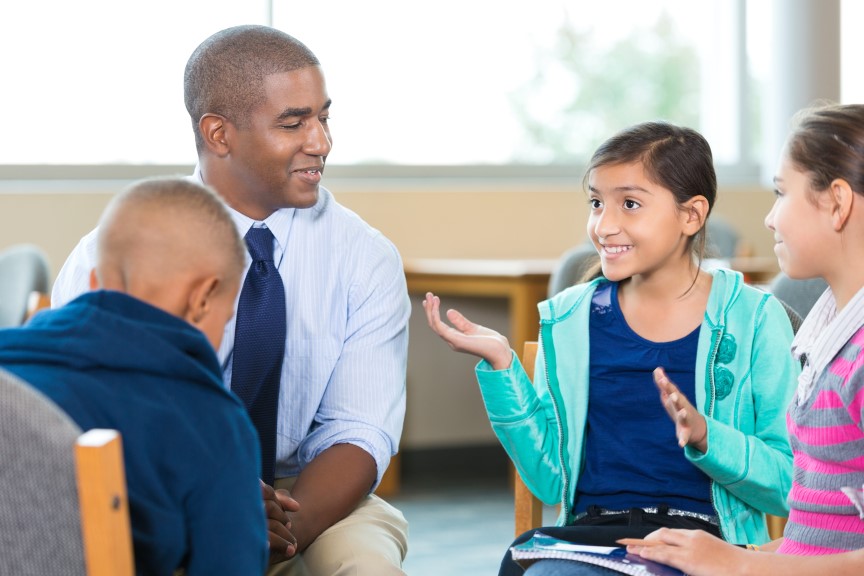
Want to give your students a boost? Social-emotional learning is truly the way forward! Not only does it impact their behavior in positive ways but also helps them excel academically. And what better way to engage with SEL than through sophisticated picture books – an amazing resource for sparking meaningful conversations and helping kids relate on deeper levels.
By the 3rd, 4th, and 5th grades, kids worry about fitting in, are often bullied, and can struggle with making friends. Thankfully, there is a plethora of books that deal with social-emotional issues.
If your students need a reminder of the power of empathy, belonging, and friendship, then The Invisible Boy is perfect for them! This story follows Brian, an unassuming student who always felt invisible. But when Justin joins his class, they become friends, and everything changes when Brian learns he does matter after all.
The Invisible Boy is an inspiring tale that encourages readers of all ages to explore the power of empathy and kindness. Perfect for classrooms looking to build community while emphasizing themes such as Belonging, Friendship, & Kindness — this touching narrative will keep students engaged until the very last page.


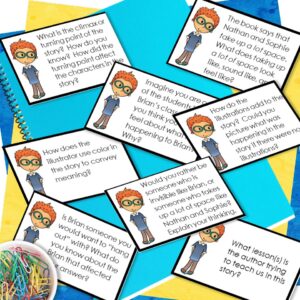
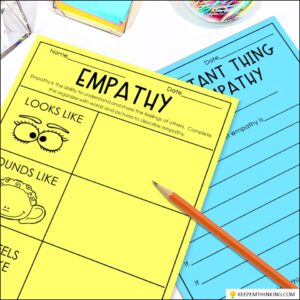
This Invisible Boy Book Companion is jam-packed with resources that provide opportunities for your students in grades 2-4 to think critically and creatively, analyze the author’s craft, and make connections to self and the real world. The 36 higher-level comprehension questions provide opportunities for students to think deeply about the text.
My favorite activity in this book companion is The Me You Don’t See. In this activity, students create a self-portrait on the outside of a shutter fold, and on the inside, they write things about themself that others can’t see just by looking at them. It is a powerful activity that is great for any time of the year, but particularly at the beginning of the year to help students get to know their classmates and build classroom community.
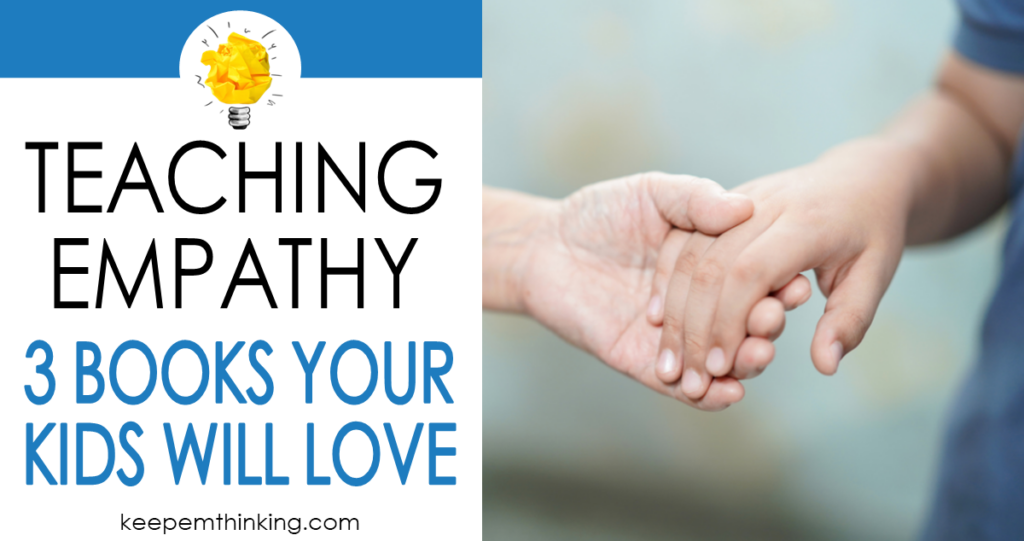
6. Use Picture Books to Promote Cultural Awareness
By introducing kids to different cultures and perspectives, picture books broaden their understanding of the world and promote tolerance and inclusivity.
A touching story, The Name Jar explores the powerful concept of identity and cultural acceptance – and explores what it means to be yourself.
In this story, a young girl named Unhei moves to America with her family. At her new school, she wonders if she should choose a new name. Her classmates suggest different names, but nothing seems to fit. Does she need an American name? How will she choose? And what should she do about her Korean name?
This book lends itself to some fabulous thought-provoking questions:
- Is who you are determined by your name?
- Is it good to be different or bad to be different?
- How do we react to people who are different from us?
- Is a name just another word, or is it something more?
- What might be some of the consequences of changing your name?
Jacqueline Woodson has created an unforgettable metaphorical tale about the power of friendship when two cultures collide.
The Other Side takes place in a small town where segregation is still a way of life. A fence running through town provides the setting for this heartwarming story of two girls and their unlikely friendship. As summer unfolds, the fence becomes more than a boundary line as Clover and Annie bravely explore each other’s worlds even though each girl’s Mama has said not to go to the other side.
This book lends itself to some thought-provoking questions such as:
- When Clover questions her mother about the fence, her mother says, “That’s the way things have always been.” Is that a good reason to keep things the way they are? Why or why not?
- Jacqueline Woodson does not use standard English grammar for the dialogue in this book. Does her use of dialogue make the story more realistic? Why or why not?
- A metaphor is a word or thing that is symbolic of something else. In the story, what does the fence symbolize?
- Why do you think Jacqueline Woodson wrote this book? What lesson(s) do you think she is trying to teach us?
- One of the themes in this book is acceptance. What does acceptance mean, and what are some examples of acceptance in this story?
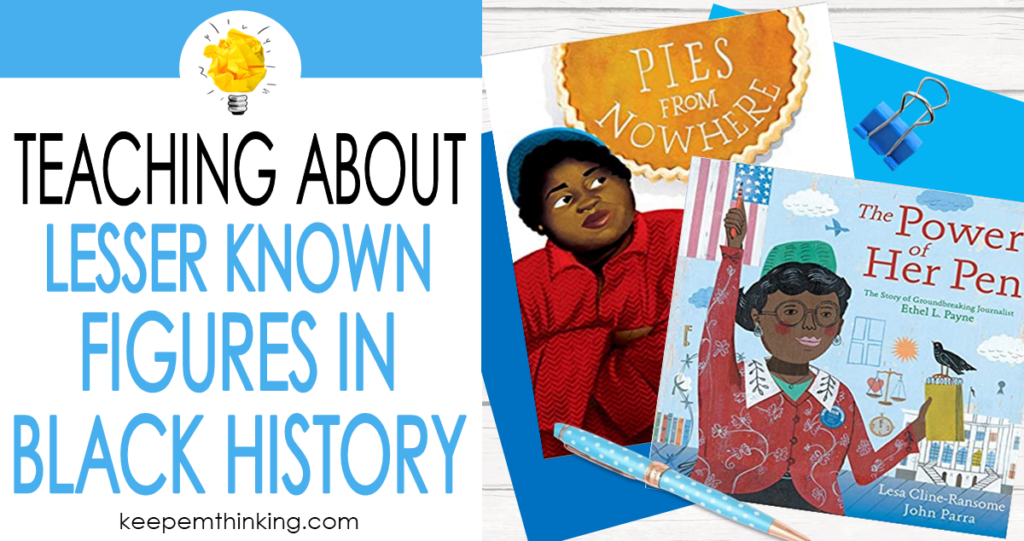
Biographies are a wonderful resource for learning about achievers from different cultures. These books often include interesting tidbits not included in reference books. Because the information is presented in story form, students stay engaged with the content.
7. You Can Use Picture Books as a Springboard for Writing
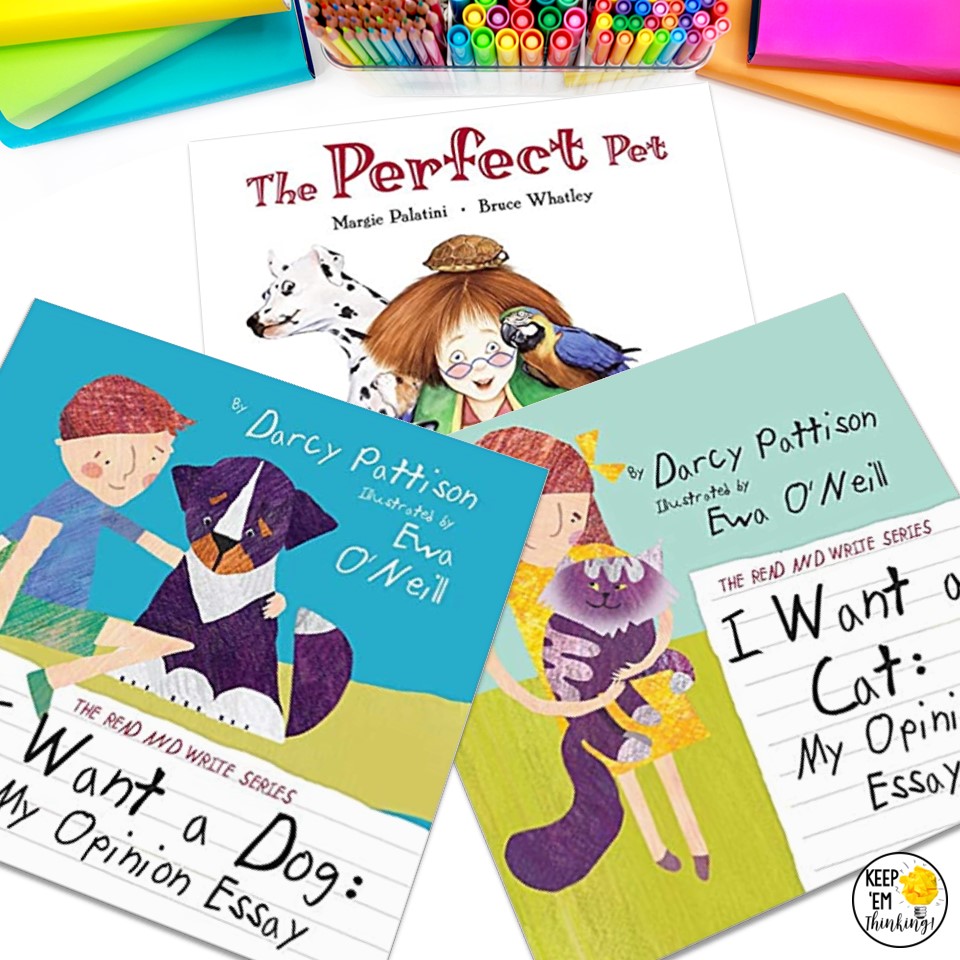
Childrens picture books provide many opportunities for kids to write and are excellent models for different writing styles. Showing students the structure of these books helps them think about the components of a good story: setting, characters, action, and resolution. Additionally, comparing how writers use language to convey meaning and emotion can help students craft more powerful sentences in their own writing.
Don’t rules out wordless picture books. I like to have students write stories to accompany the pictures.
Here are some other writing ideas:
- Rewrite the story from the point of view of a different character.
- Write a sequel to the story.
- Write a story modeled after a picture book such as When I Was Young In the Mountains (memoir), Dear Mrs. LaRue: Letters from Obedience School (letter writing), Owl Moon (descriptive writing), and I Wanna Iguana (persuasive writing).
- Write an opinion about an event in the story.
- Take an illustration from the book and write a descriptive paragraph about it.
You Have Nothing to Lose with a Good Picture Book
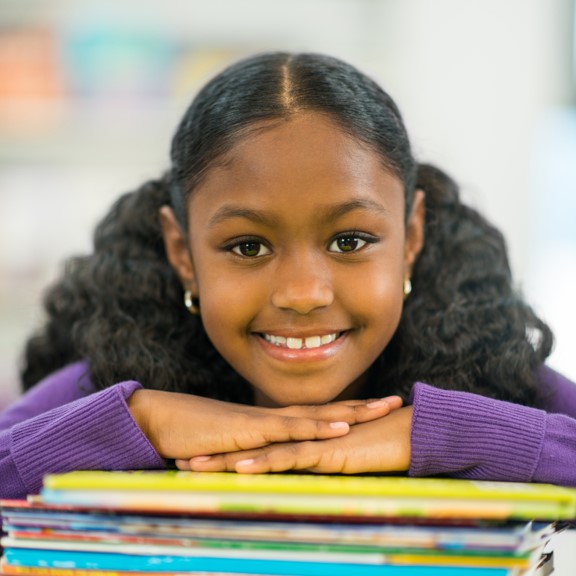
Hopefully, by now you’ve hopped on the picture book bandwagon. I’ve given you examples of some of the best books for children, but there are many more out there left for us to explore! I’ll save them for some other posts. Now, all you have to do is share some of these books with your upper elementary kiddos. I promise they will thank you for it!
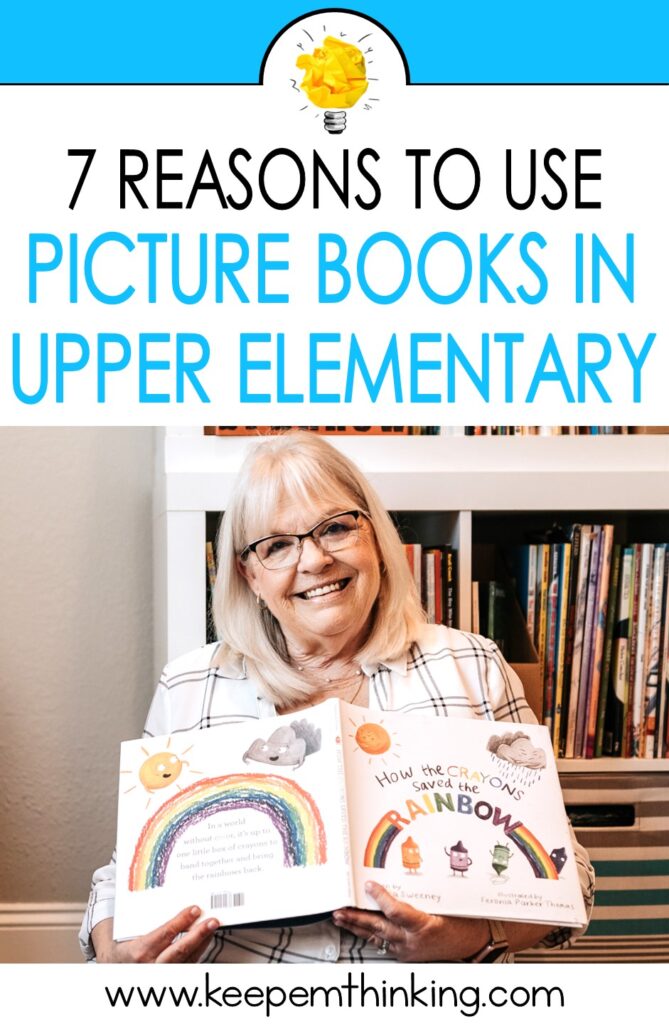
Pin this to your favorite classroom Pinterest board, so you can come back when you are looking for some sophisticated picture books for your upper elementary kids.

